Industry information
Company News
- Wood grain aluminum veneer: a new trend in aluminum materials and an upgraded choice for home aesthetics
- Exploring Aluminum Veneers for Curtain Walls: The Secret Weapon of Modern Architectural Aesthetics
- Aluminum veneer customization, creating a new trend of personalized space
- Wood grain aluminum veneer: a fashionable choice for modern architecture
- Aluminum veneer: the new darling of architectural aesthetics
Industry dynamics
- Strict quality control of aluminum veneer
- Aluminum veneer, the 'silver coat' of modern architecture
- Aluminum veneer curtain wall: the mystery of the "coat" of modern architecture
- What is the performance of aluminum veneer in terms of thermal conductivity and insulation?
- Research on Industry Trends of Aluminum Veneer Prices
Frequently asked questions
- What are the limitations of the application scope of aluminum veneer?
- What are the types of aluminum veneer?
- Can aluminum veneer be used for building platform design?
- Can the insulation function of aluminum veneer improve the comfort of buildings?
- Can aluminum veneer be applied to the exterior design of high-rise buildings?
contact us
Mobile:+86 15627778610
Email: 2201229786
Address: No. 5 Binjiang Road, High tech Zone, Zhaoqing City, Guangdong Province
The history and development of aluminum veneer
- Author: Lesilong Technology (Guangdong) Co., Ltd
- Release time: March 13, 2025 13:07:51
- Click:0
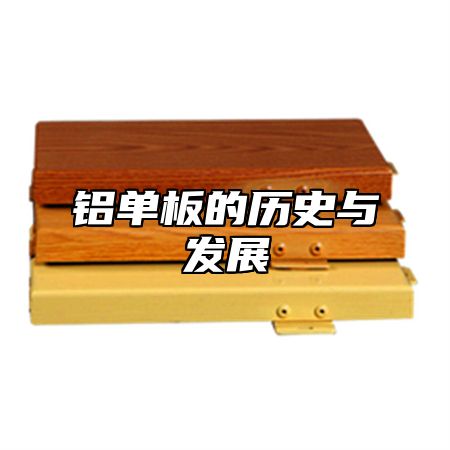
Aluminum veneerAs a new type of building material, it has the advantages of lightweight, high strength, and corrosion resistance, and has a wide range of applications in fields such as construction, decoration, and transportation. Aluminum veneer did not exist from the beginning, its development history can be traced back to the 1950s.
In the early 1950s, aluminum began to be applied in the field of construction. At that time, aluminum was mainly used to manufacture doors, windows, and roofing materials. Due to its lightweight, high strength, and corrosion resistance, aluminum has gradually gained popularity among people.
In the early 1960s, aluminum veneer began to appear. The earliest aluminum veneer was produced by an American company and mainly used for body decoration of airplanes and cars. Aluminum veneer has good flatness and vivid colors, which can add beauty and fashion to these transportation vehicles.
In the early 1970s, with the continuous improvement of aluminum production technology and the reduction of costs, aluminum veneer began to be widely used in the construction field. People began to use aluminum veneer for decoration and protection of exterior walls, ceilings, partitions, and other areas.
In the late 1980s to early 1990s, with the increasing demand for environmental protection and energy conservation, the application scope of aluminum veneer further expanded. People are beginning to use aluminum veneers in fields such as solar panels, electronic product casings, and medical device casings.
Since the 21st century, with the development of technology and changes in people's aesthetic concepts, the application prospects of aluminum veneer have become increasingly broad. In addition to the aforementioned fields, aluminum veneer can also be applied to subway platforms, bridges, sports venues, and other areas.
The development process of aluminum veneer is a continuous process of innovation and development. With the increasing demand for new materials, it is believed that aluminum veneer will have broader development space in future application fields.

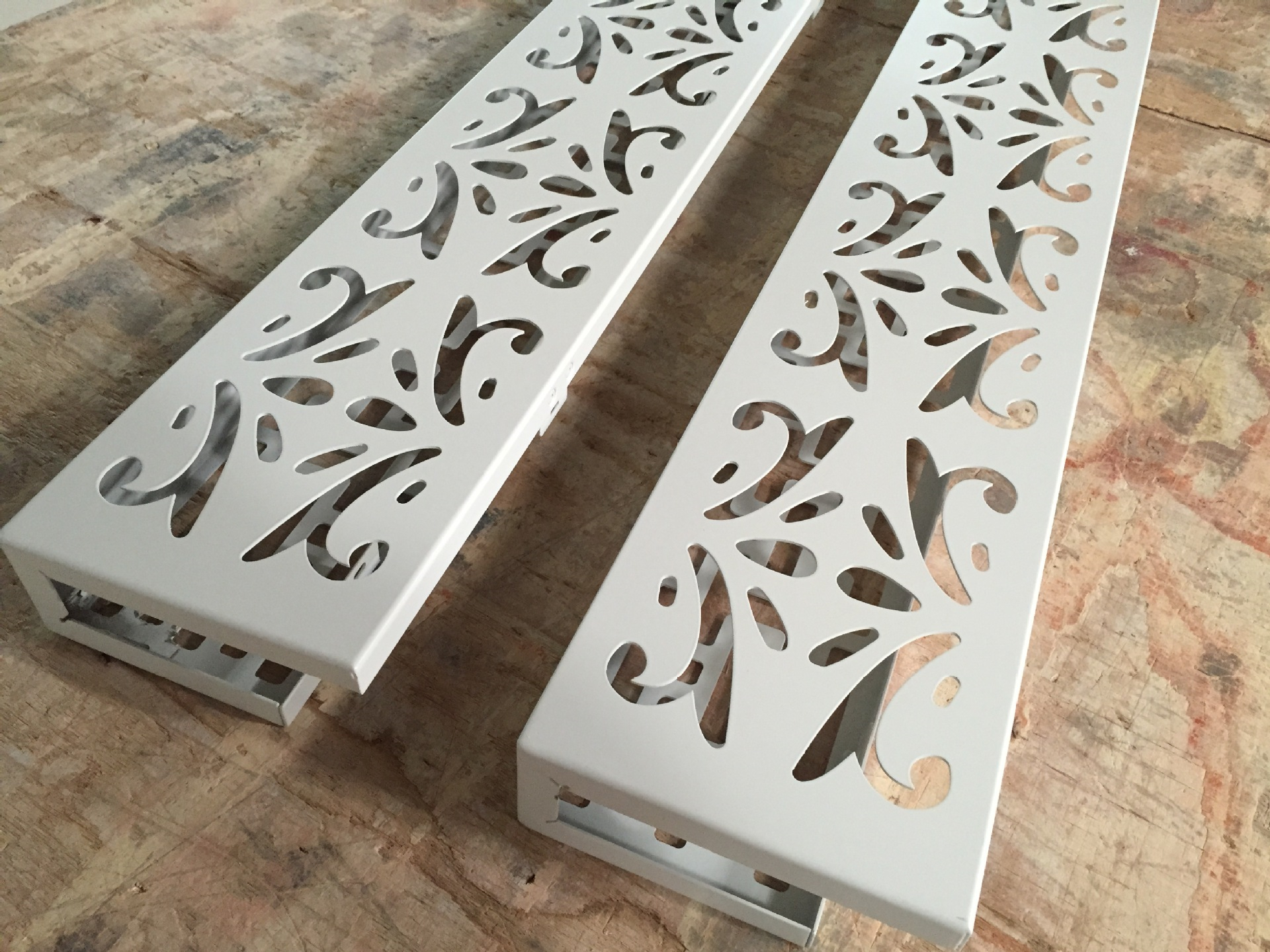
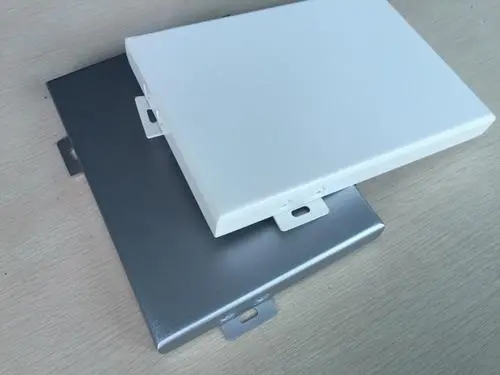
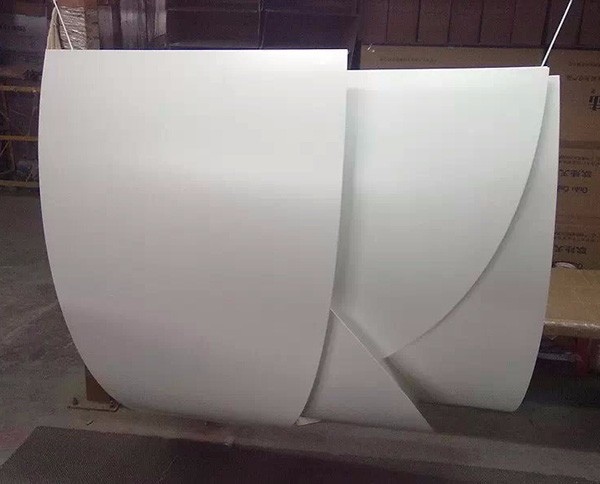
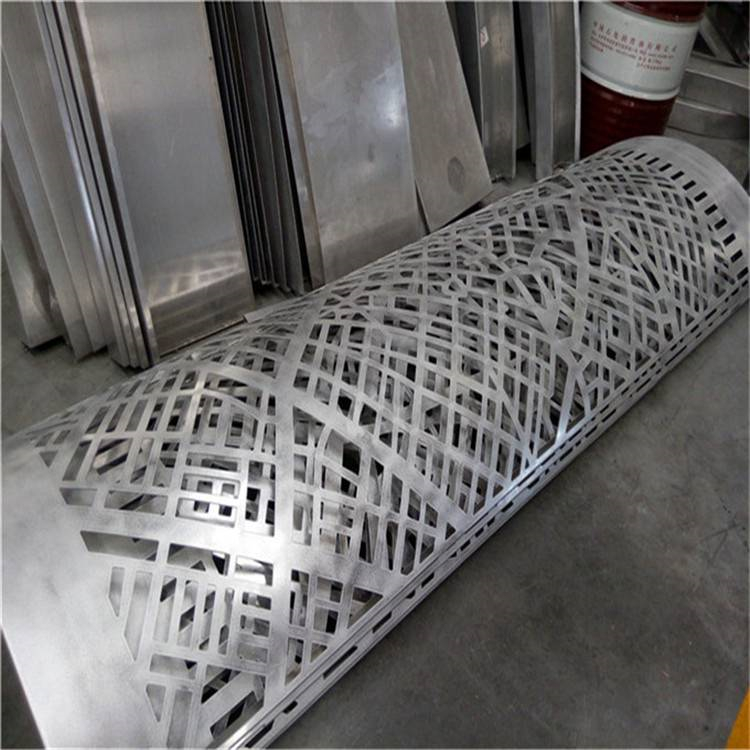
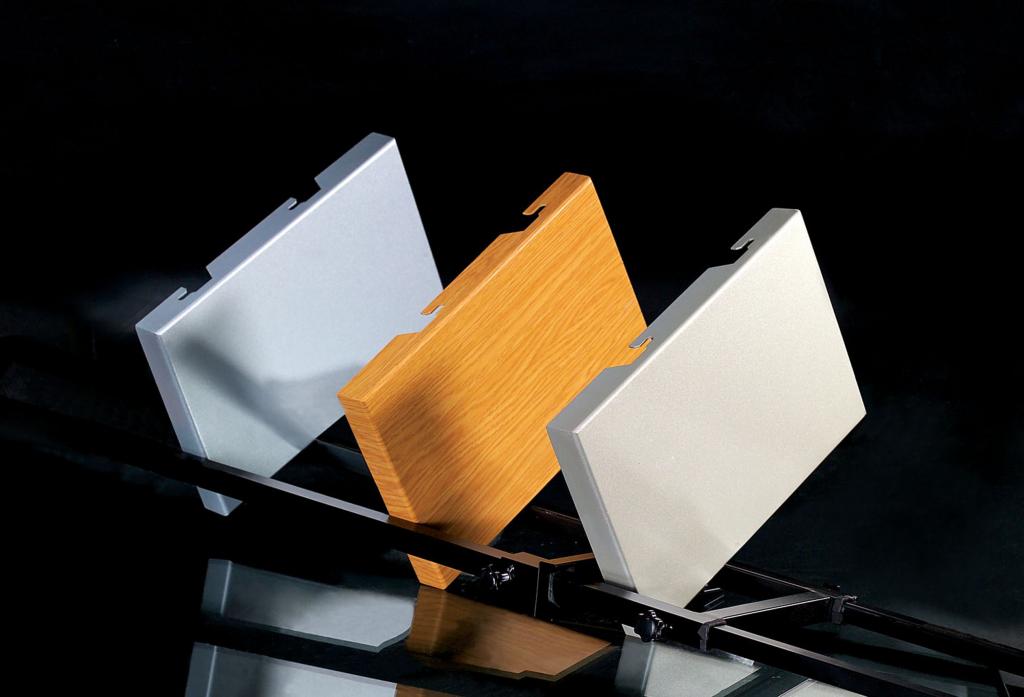
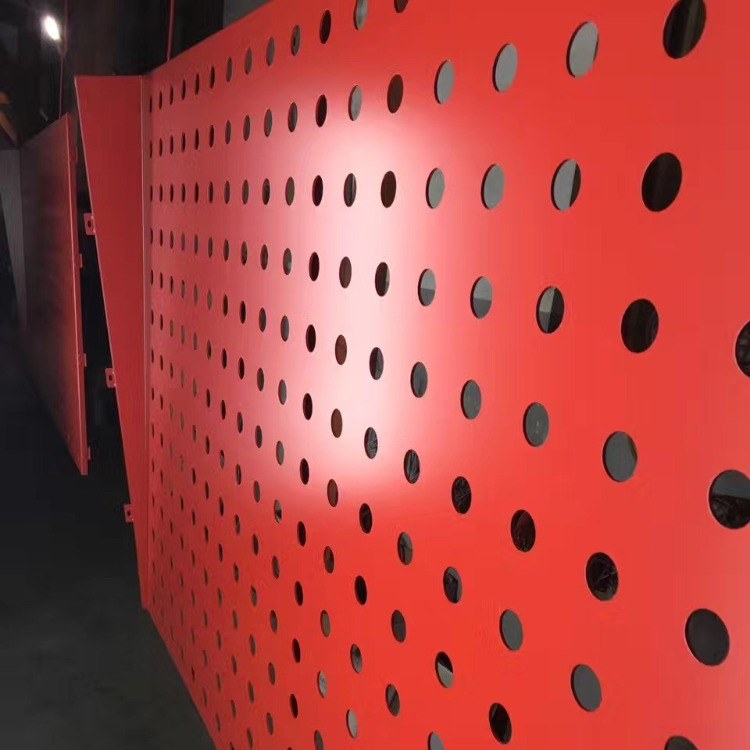
 Customer service QQ
Customer service QQ